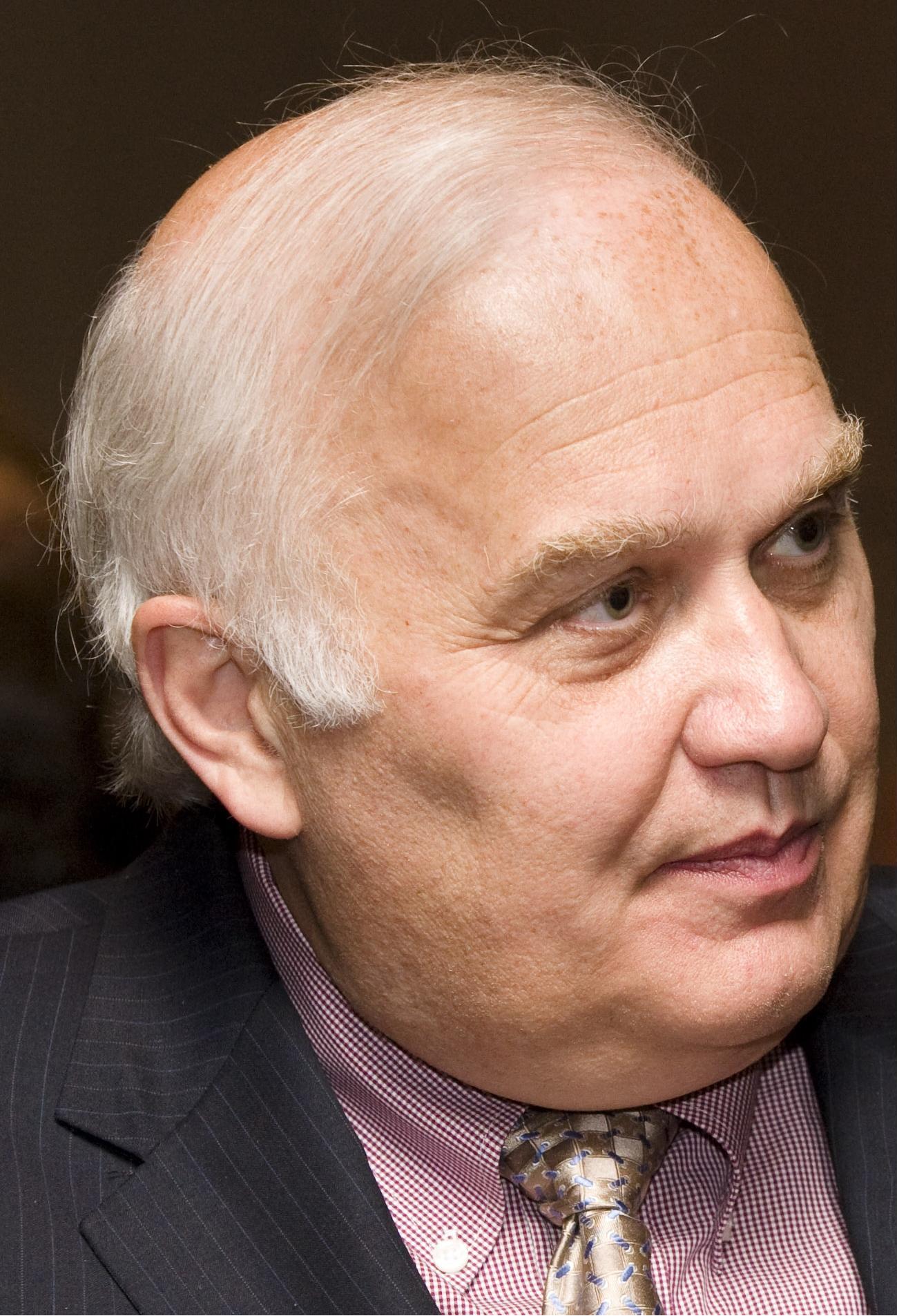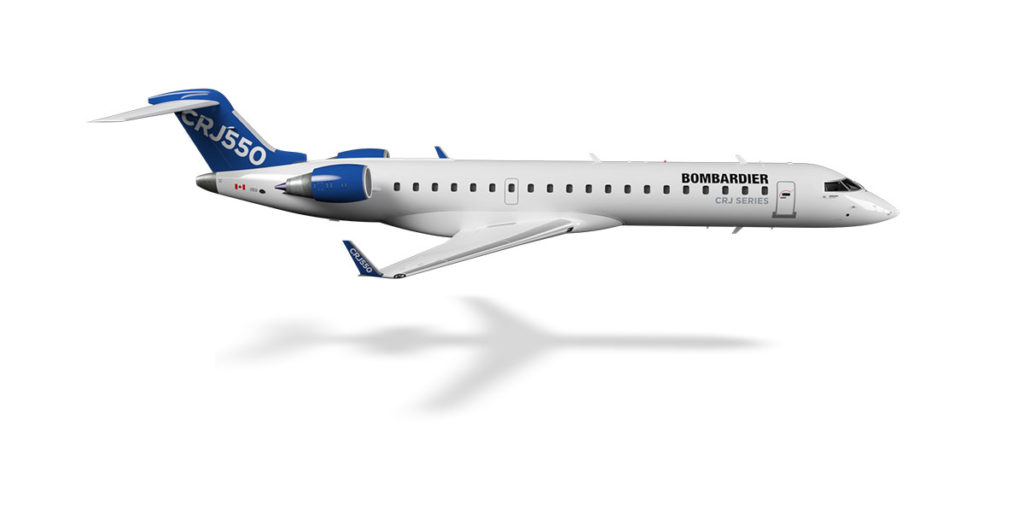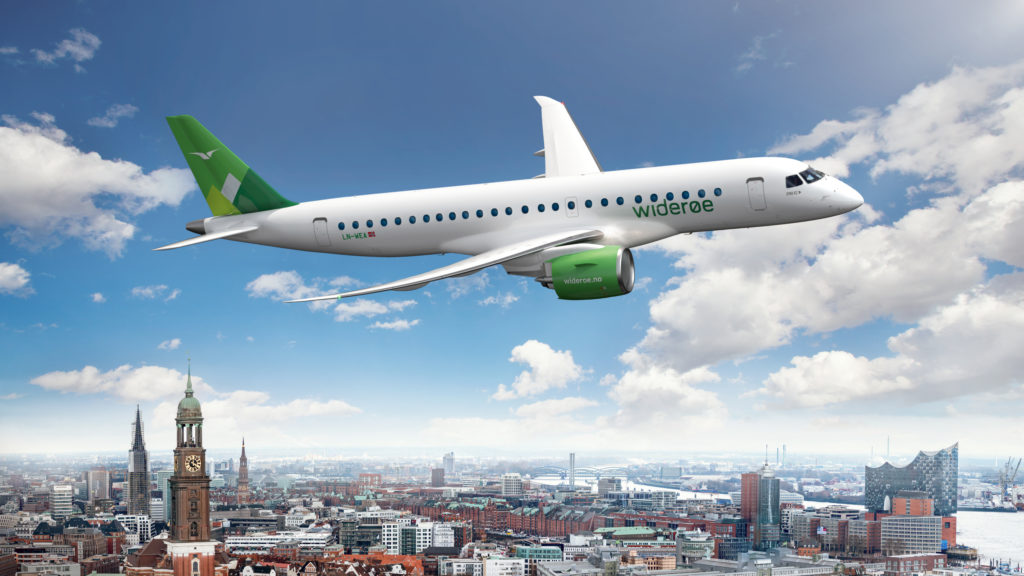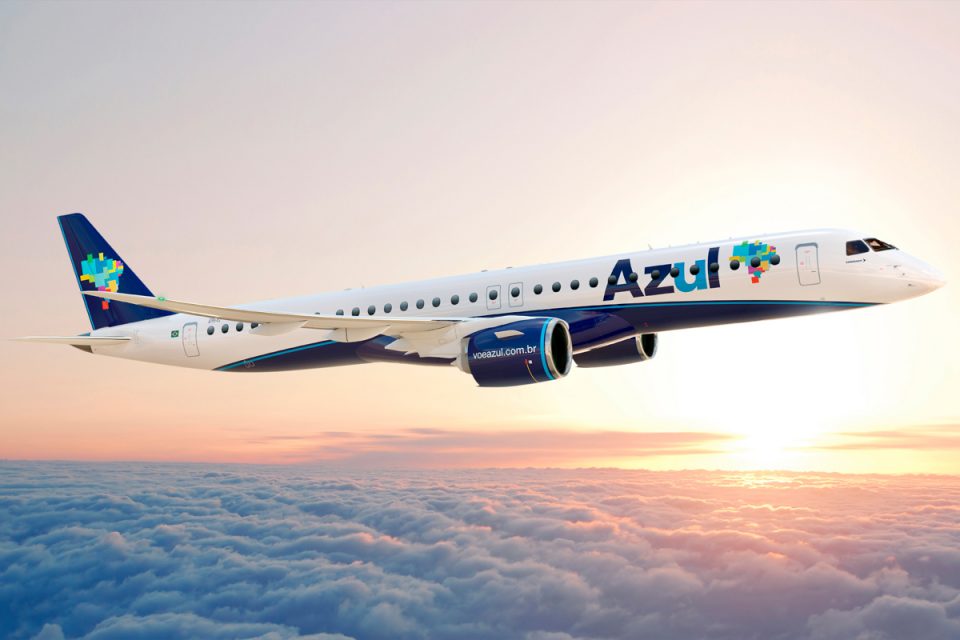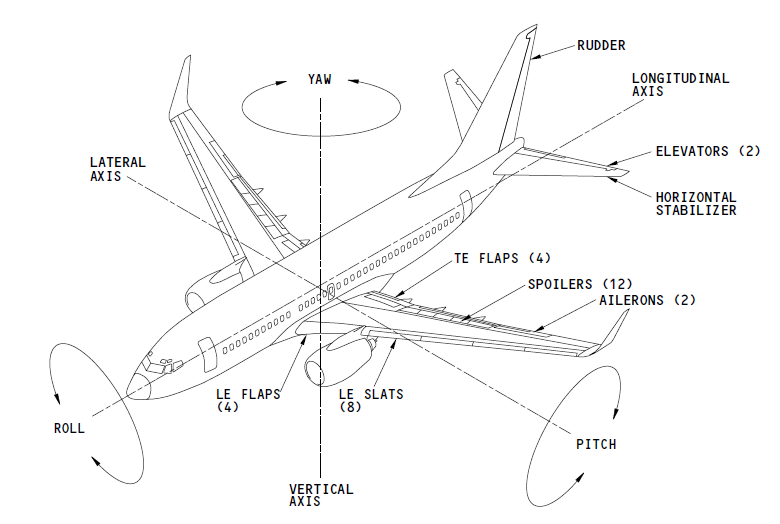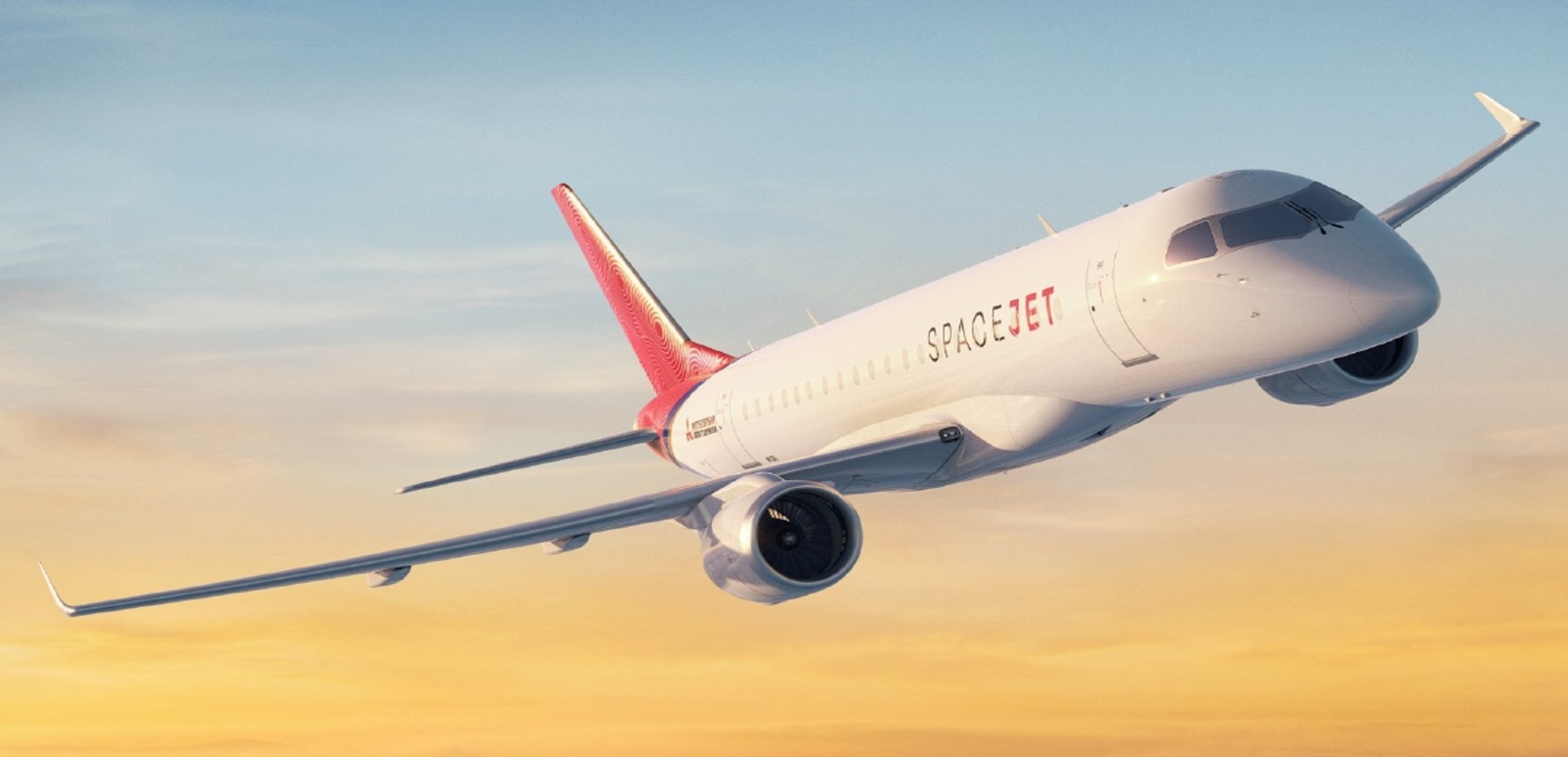Leeham News and Analysis
There's more to real news than a news release.
Pontifications: There was other news in 2019 besides MAX. Really.
Dec. 23, 2019, © Leeham News: The Boeing 737 MAX crisis clearly dominated the news this year.
It’s felt like the aviation stories have been all-MAX, all-the-time.
Believe it or not, there was aviation news other than the MAX.
Embraer’s E195-E2 or Airbus A220-300 under 150 seats? Part 3
By Bjorn Fehrm
Subscription required.
Introduction
October 3, 2019, ©. Leeham News: We have the last two weeks analyzed what aircraft to choose for the segment 120 to 150 seats, comparing Embraer’s E195-E2 with Airbus’ A220-300.
The first week we looked at fundamental data and last week we compared the drag data and by it the fuel consumption of the aircraft. Now, we analyze the other operational costs for the aircraft.
Summary:
- The fuel costs between the E195-E2 and A220-300 are close.
- We now analyze the other operational costs; Crew, Maintenance and Airway/Airport costs to see how these differ.
Embraer’s E195-E2 or Airbus’ A220-300 for the 120 to 150 seat segment?
By Bjorn Fehrm
Subscription required
Introduction
September 19, 2019, ©. Leeham News: What aircraft to choose for the segment 120 to 150 seats, Embraer’s E195-E2 or Airbus A220-300? After discussions with Airbus’ Rob Dewar at the Paris Airshow, Head of A220 Engineering and Product Support, and a visit to Embraer last week for the E195-E2’s first customer delivery, we have collected some unique insights.
We also had the opportunity to talk to David Neeleman of Azul, Moxy and TAP Portugal when at Embraer, the only owner/operator which has bought both aircraft; E195-E2 for Azul and A220-300 for his Moxy project.
Summary:
- We start with a detailed comparison of the aircraft in this first article.
- While serving the same passenger capacity segment, they are surprisingly different in their design approach and, therefore, in their characteristics.
Pontifications: Catching up on Odds and Ends-Alaska’s Airbus fleet, first E195-E2 delivery, Boeing’s MAX rebranding question
- Take our Boeing 737 MAX rebranding poll at the end of this post.
Sept. 2, 2019, © Leeham News: It’s time to catch up on Odds and Ends.
Alaska Airlines
In its second quarter earnings call and 10Q Securities and Exchange Filing, Alaska Airlines said it was returning one Airbus A319 and two A320s off lease this year and next.
These airplanes are from its Virgin America acquisition, which introduced the Airbus family into the all-Boeing Alaska mainline operations.
Alaska officials have said several times they are evaluating whether to phase out all Airbuses and return to an all-Boeing fleet, or keep the Airbuses and operate a mixed fleet indefinitely.
I wondered if this was the start of the phase out.
“We are planning to return 1 A319 this year and 2 A320s next year at normal lease expiration,” Brandon Pederson, EVP and CFO of the company, wrote LNA. “This is not part of a broader fleet decision, nor a phase out of the smaller Airbus aircraft. Leases on the remaining 50 A319/A320 aircraft in the fleet have varying maturities through 2025.”
Embraer presents second quarter 2019 results.
By Bjorn Fehrm
August 14, 2018, ©. Leeham Co: Embraer announced its 2Q2019 results today. The company delivered a slightly better quarter than expectations after a disappointing first quarter.
The Commercial Aircraft division and its E175 is still paying the company bills, as the start of the E2 program with E190-E2 is slow, with deliveries at one per quarter so far this year.


